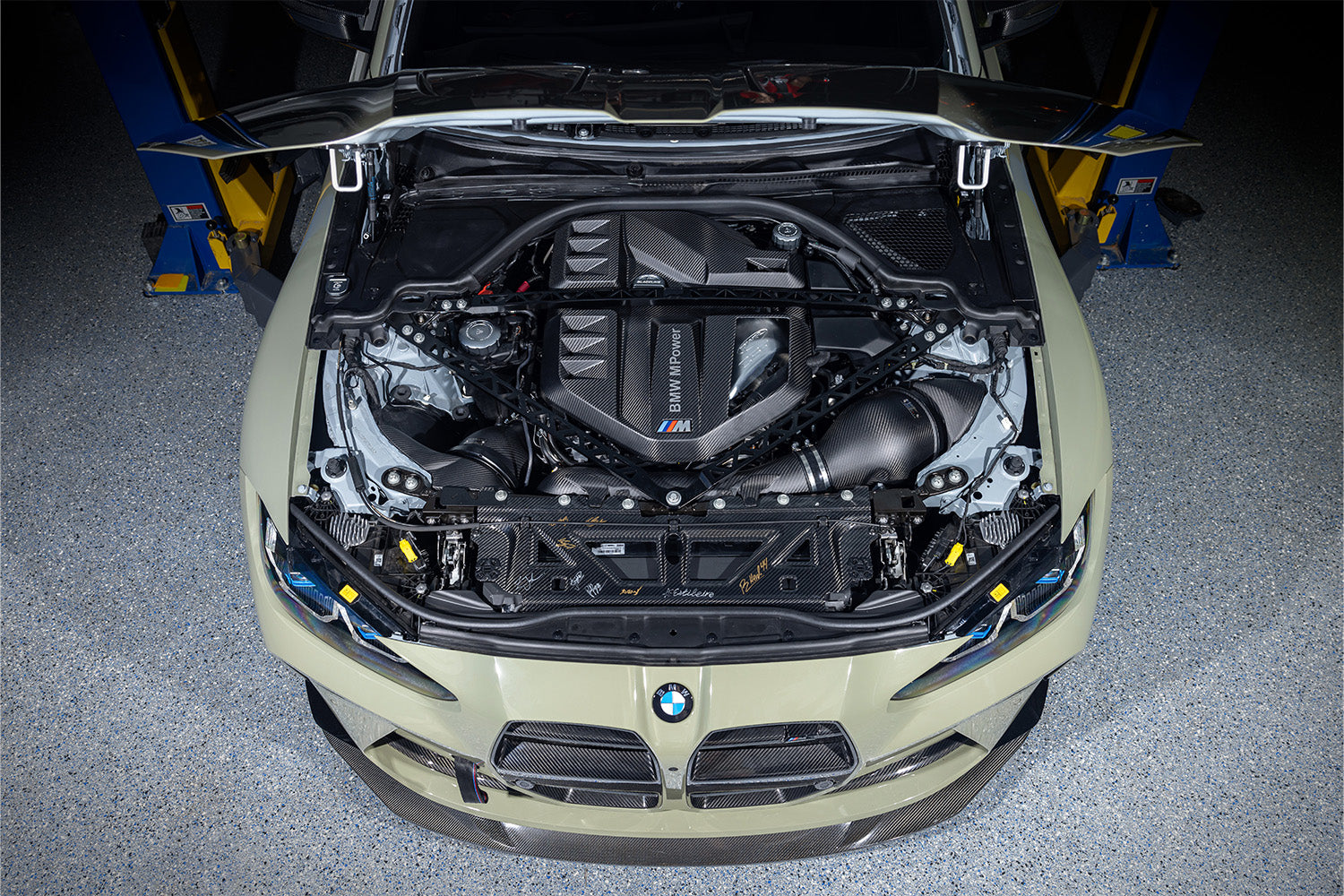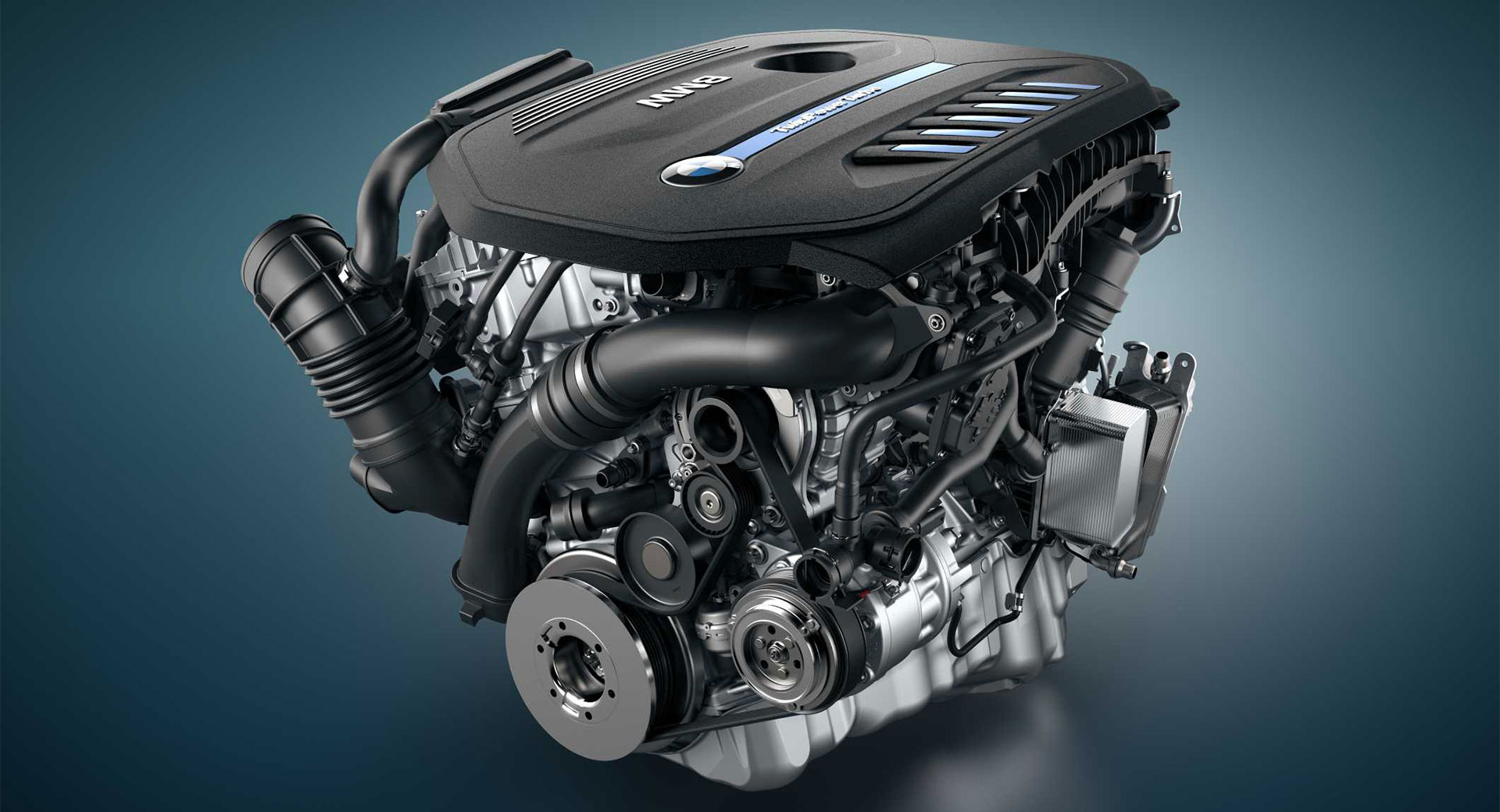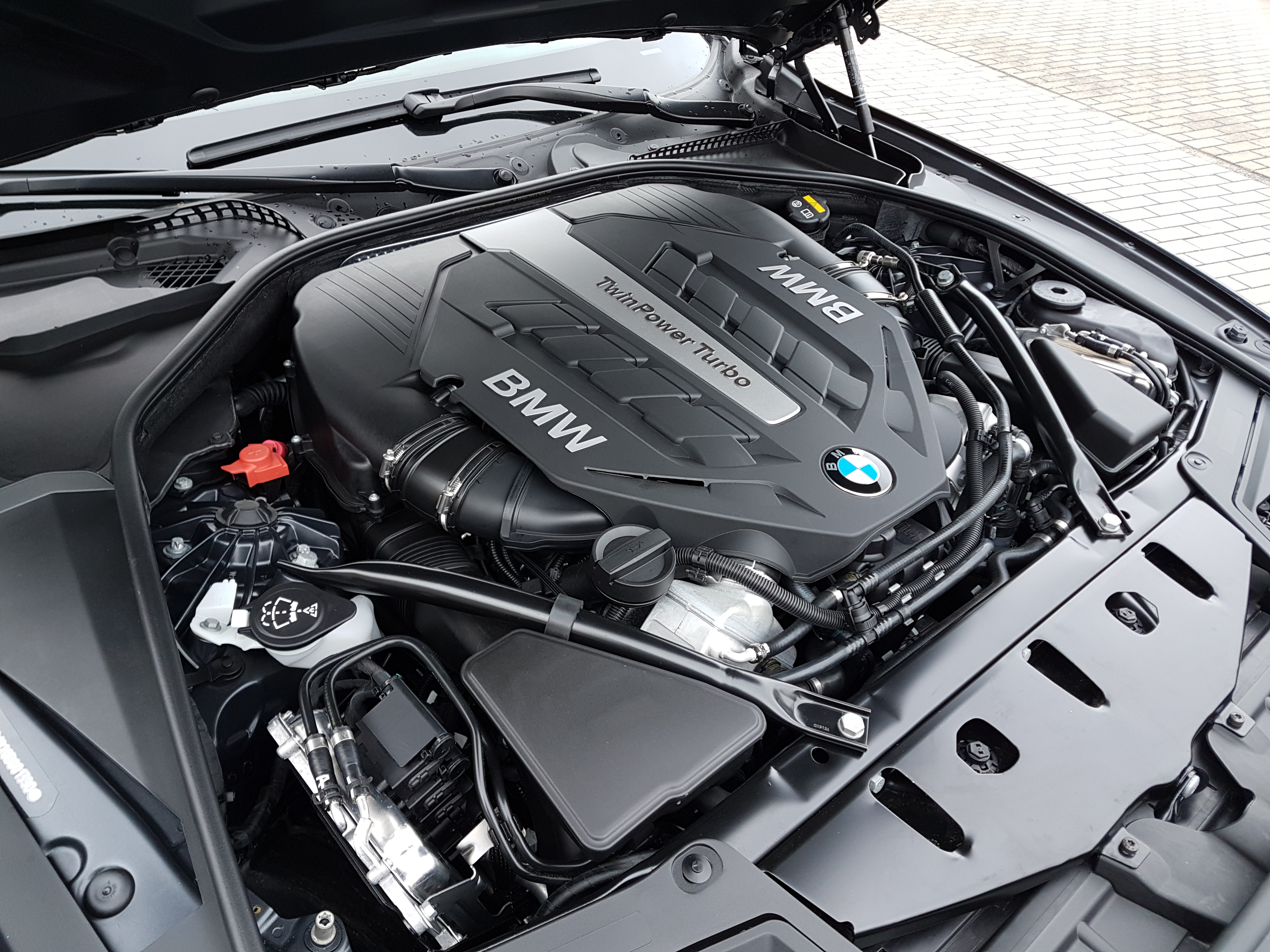Revealing the Intricacies of Next-Generation Power Units: a Deep Dive Into Advanced Engine Layouts and Developments
In the realm of automobile engineering, the ruthless quest of effectiveness, sustainability, and performance has thrust the evolution of power devices to unprecedented heights. As we depend on the precipice of a brand-new period in transportation, the details of next-generation engine layouts beckon us to explore the advanced technologies and technologies that guarantee to redefine the driving experience. From sophisticated materials that press the borders of longevity and weight decrease to advanced turbocharging and supercharging systems that elevate power result to new levels, each element of these power devices holds an essential to opening the future of auto design. Diving much deeper into the realms of emission control, smart engine management systems, and the perspective of power device development, we discover ourselves on the cusp of a makeover that assures to reshape the landscape of movement as we know it.
Development of Engine Products

The change towards progressed engine products has actually also allowed designers to design engines with greater power outputs while maintaining fuel effectiveness requirements. The use of light-weight products lowers the total weight of the engine, leading to boosted gas economic situation and lower emissions. Furthermore, innovations in materials technology have enabled much better thermal administration within engines, leading to increased reliability and long life.
Turbocharging and Supercharging Technologies
How do Turbocharging and Supercharging Technologies transform engine efficiency and performance in contemporary cars? Turbocharging and supercharging are innovations that substantially improve engine performance by increasing the quantity of air intake right into the burning chamber. Turbocharging accomplishes this by using a turbine driven by exhaust gases to pressurize the consumption air, while supercharging makes use of a belt- or chain-driven compressor to accomplish the exact same effect.
These technologies make it possible for smaller sized, much more fuel-efficient engines to produce power equivalent to larger ones, referred to as downsizing. By requiring even more air into the cyndrical tubes, turbocharging and supercharging enhance burning effectiveness, resulting in raised horsepower and torque result without a considerable increase in engine size. This brings about much better velocity, lugging ability, and overall driving efficiency.
Moreover, turbocharging and supercharging add to improved fuel performance by allowing the use of smaller engines that take in much less fuel under typical driving problems - bmw engine. This mix of enhanced efficiency and performance has made turbocharging and supercharging indispensable components of lots of contemporary engine styles
Emission Control and Environmental Impact
With boosting international problems regarding air top quality and ecological sustainability, the application of emission control modern technologies in lorries plays an essential role in reducing unsafe pollutants released into the atmosphere. Modern cars are furnished with sophisticated discharge control systems that assist minimize the environmental influence of auto operations. Catalytic converters, for example, are designed to convert harmful gases such as carbon monoxide, nitrogen oxides, and hydrocarbons into less damaging materials like co2 and water vapor.
Furthermore, developments in engine innovation, such as the integration of exhaust gas recirculation systems and selective catalytic reduction, have considerably contributed to lowering emissions. These modern technologies operate in tandem to optimize burning efficiency and decrease the launch of dangerous contaminants into the air. Furthermore, the advancement of hybrid and electrical lorries stands for an important step towards reducing the total environmental footprint of the transportation sector.
Intelligent Engine Monitoring Solution

Additionally, these systems enable lorries to satisfy rigorous discharges standards without endangering performance, providing a much more eco-friendly driving experience. The integration of expert system and artificial intelligence capacities in engine management systems remains to push the limits of what is feasible, resulting in more improvements in performance, reliability, and general lorry efficiency. bmw engine. As automotive innovation advances, intelligent engine monitoring systems will certainly play an important duty in forming the future of transport towards a much more effective and lasting direction
Future Trends in Power System Growth
As smart engine management systems lead the way for improved control and optimization in modern-day vehicles, future patterns in power system development are positioned to redefine the landscape of auto propulsion technologies. One of the crucial fads driving innovation in power system advancement is the change in the direction of electrification. With navigate to these guys an increasing focus on sustainability and minimizing carbon discharges, crossbreed and electric powertrains are becoming much more common in the vehicle sector. These different power sources provide enhanced effectiveness and performance while lining up with rigid environmental laws.
One more considerable trend is the assimilation of sophisticated products and making techniques. Lightweight products such as carbon fiber and light weight aluminum are being used to minimize total vehicle weight, enhancing gas effectiveness and performance. Additionally, developments in 3D printing and additive production are enabling the manufacturing of complicated engine components with greater precision and sturdiness.
In addition, fabricated intelligence and artificial intelligence are playing a vital role in maximizing power device efficiency. These technologies enable real-time tracking and adaptive control, causing more reputable and efficient power shipment. Overall, future patterns Full Report in power unit development are geared towards efficiency, sustainability, and efficiency, driving the automobile market towards a brand-new era of propulsion innovations.

Final Thought
Finally, the developments in engine products, turbocharging, discharge control, and smart monitoring systems have led the method for next-generation power devices. These developments have not just improved performance and effectiveness but likewise lowered environmental influence. As technology proceeds to advance, future fads in power device growth are most likely to focus on more boosting sustainability and optimizing power outcome. The detailed designs and advancements in modern-day engines showcase the recurring evolution of automobile modern technology.
Exploring the dynamic advancements in engine materials has been critical in improving the efficiency and effectiveness of modern-day engines. Over the years, the advancement of engine materials has played a critical role in pressing the boundaries of what engines can achieve.The change towards progressed engine products has actually likewise allowed designers to make engines with greater power results while maintaining gas performance criteria.The execution of smart engine administration systems in modern cars has actually changed the means engines are regulated and optimized for performance and effectiveness. By accumulating information in real-time and evaluating it with advanced algorithms, smart engine monitoring systems can adjust to driving styles, ecological aspects, find out and engine health and wellness to make the most of power output while minimizing fuel usage and exhausts.